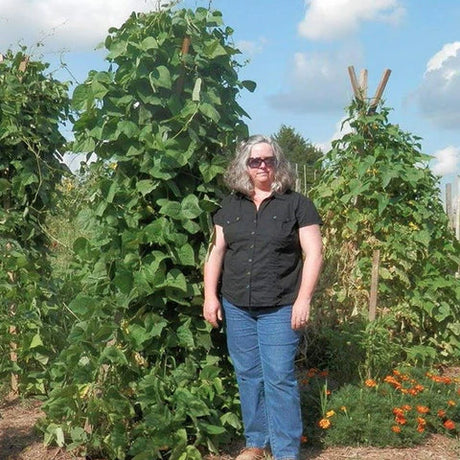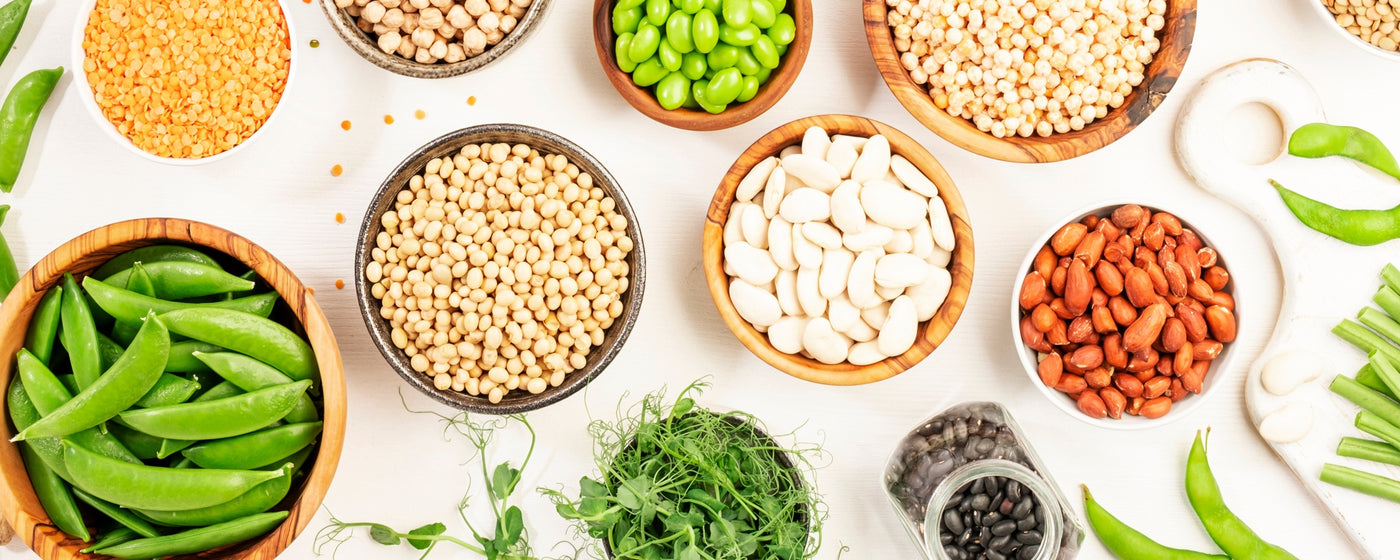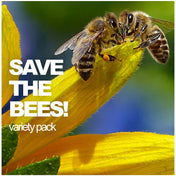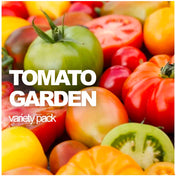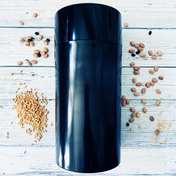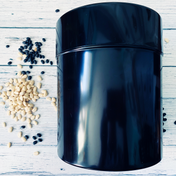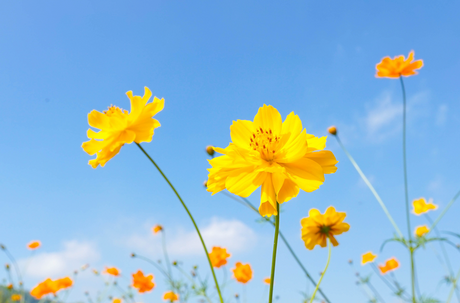Why try to extend the season?
In the upper Midwest, the gardening season is not very long. Some crops that are fun to grow (watermelons, for example) need a long, warm growing season that is hard to provide without using some kind of special method. Other crops like spinach can be grown easily enough, but use of a season extension technique allows you to harvest the crop early in the spring and/or well into the winter. Finally, some season extension techniques (particularly the use of “floating row covers”) also serve as important pest controls for organic gardeners.
What are some common season extension techniques?
There are many ways to get more crops out of your garden in a given year. Some of the most appropriate for gardeners:
- Selection of appropriate varieties — Every vegetable (and fruit and flower) is available in multiple varieties. Some of these varieties are more cold-tolerant than others and will start to grow earlier in the spring (or survive later into the fall) than others. Some varieties also mature more quickly than others, and can therefore be planted and harvested in a narrower window of time (whenever in the season you plant them). See choosing plant varieties for more information.
- Locating your garden appropriately — Many gardeners do not have a choice about where to garden. If you do have a choice, however, avoid low ground. Cold air sinks into low spaces, and the temperature difference between the top of a hill (even a very small hill) and the neighboring valley can be multiple degrees.

- Use of cold frames (as pictured) – Cold frames are boxes with glass lids that act as miniature greenhouses to trap the sun’s heat. Even a very basic cold frame can be used at the beginning or end of the gardening season to add weeks of extra growing time. Cold frames need not be fancy — any on old window set on top of a wood frame works fine (see picture below).
- Use of plastic mulch — Plastic mulch is a layer of plastic that you put over the soil and weight down at its edges. The plastic warms the soil underneath it, greatly helping plants that need higher temperatures to grow (this is true not only early and late in the season, but even in the middle, when Midwestern temperatures are a little low for some really heat-loving crops like eggplant and watermelons). Plastic mulch also retains moisture, reducing the need to water your garden, keeps down weeds, reducing the work of weeding, and can reduce problems with some pests and diseases. See laying and removing plastic mulch for tips on how to get started with this technique. Unfortunately, plastic mulch can only be used once and then must be thrown away. There is a material called landscape fabric that serves the same purpose and can be reused multiple times, but it is significantly more expensive than regular black plastic. With landscape fabric, you also need a scissors or a sharp knife to cut holes for your plants.
- Use of floating row covers — Floating row covers are pieces of plastic or (more often) strong, fabric-like material that are placed over crops and anchored around their edges with soil, rocks, or something else. Floating row covers serve as miniature greenhouses, trapping heat and moisture while also keeping pests out. Row covers are light enough that they sit lightly (or “floats”) over the crops so that in most cases nothing needs to be put in between the crop and the row cover. A few crops (tomatoes, peppers, and summer squash) have sensitive tops and you should use wire hoops to keep the row cover from touching the plants. Floating row covers can be used together with plastic mulch to help plants grow even faster in cool weather. Most of the time, row covers are used for both their heatretaining benefits and their power to keep out pests. Sometimes, as with young brassicas (broccoli, cauliflower, and their relatives), the pest-related benefits alone justify the use of floating row covers. If young brassicas are not kept covered, small insects called flea beetles will eat them to death. Once the plants get larger, the row cover can be removed and the plants will survive flea beetle damage.



















